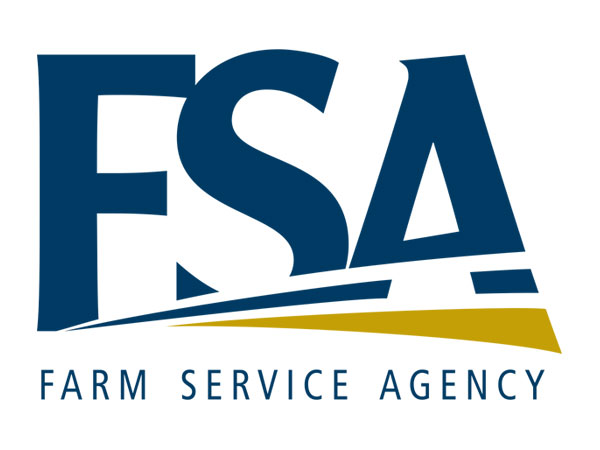FSA Rolls Out Revenue Based Disaster, Pandemic Assistance Programs

Agricultural producers can begin to apply for two new important programs for revenue losses from 2020 and 2021 natural disasters or the COVID-19 pandemic. Both programs equitably fill gaps in earlier assistance.
First, you may be eligible for assistance through the Emergency Relief Program (ERP) Phase Two if you experienced revenue losses from eligible natural disasters in 2020 and 2021. ERP Phase Two is for producers who didn't receive assistance from ERP Phase One.
You may also be eligible for the Pandemic Assistance Revenue Program (PARP) if you experienced revenue losses in calendar year 2020. PARP is addressing gaps in previous pandemic assistance, which was targeted at price loss or lack of market access, rather than overall revenue losses.
Applications for both new programs are due June 2, 2023 and you can apply for both programs during your same appointment with USDA's Farm Service Agency (FSA).
Historically, FSA programs have been designed to make direct payments to producers based on a single disaster event or for a single commodity loss. For many of you, this may be the first revenue-based program that you've applied for with FSA.
ERP Phase Two and PARP take a much more holistic approach to disaster assistance, ensuring that producers not just make it through a single growing season but have the financial stability to invest in the long-term well-being of their operations and employees.
In general, ERP Phase Two payments are based on the difference in allowable gross revenue between a benchmark year, representing a typical year of revenue for the producer and the disaster year – designed to target the remaining needs of producers impacted by qualifying natural disasters and avoid duplicative payments. ERP Phase Two revenue loss is based on tax years.
For PARP, an agricultural producer must have been in the business of farming during at least part of the 2020 calendar year and had a decrease in revenue for the 2020 calendar year, as compared to a typical year. PARP revenue loss is based on calendar years.
In preparation for enrollment, producers should gather supporting documentation including Schedule F (Form 1040) and Profit or Loss from Farming or similar tax documents for tax years 2018, 2019, 2020, 2021 and 2022 for ERP and for calendar years 2018, 2019 and 2020 for PARP.
The Livestock Indemnity Program (LIP) provides assistance to producers for livestock deaths in excess of normal mortality caused by adverse weather, disease and attacks by animals reintroduced into the wild by the federal government or protected by federal law.
For 2023 livestock losses, producers must file a notice within 30 calendar days of when the loss is first apparent. They then must provide the following supporting documentation to the local FSA office no later than 60 calendar days after the end of the calendar year in which the eligible loss condition occurred: proof of death documentation (pictures) and calving records/beginning inventory.
In addition to filing a notice of loss, producers must also submit an application for payment by March 1, 2024.
For more information, contact the Russell County USDA Service Center at 785-483-5618 or visit fsa.usda.gov.
(Information courtesy Russell County FSA.)

